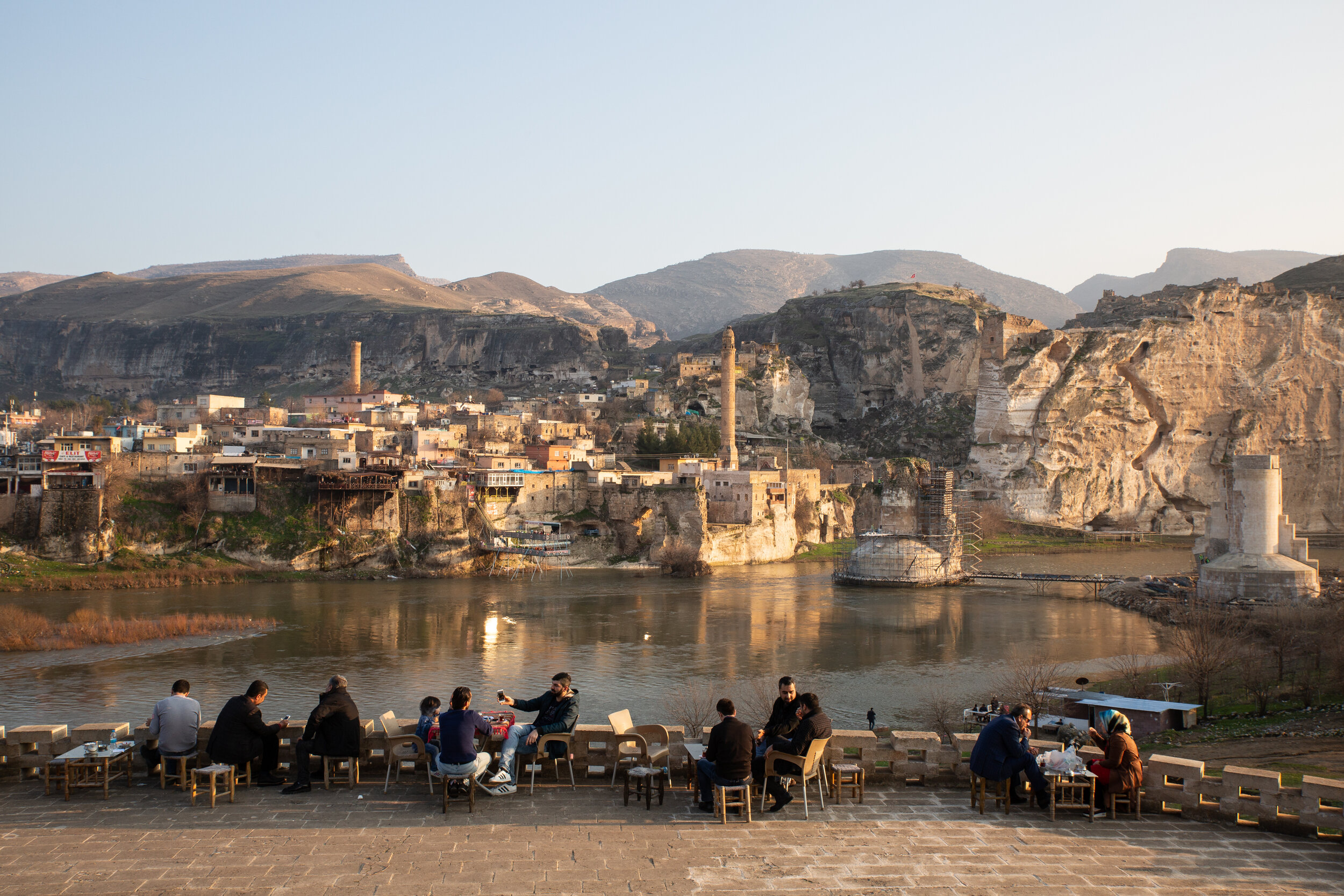
One of several classic views of old Hasankeyf and the first glimpse of the city as a traveler approaches on the road from Batman.
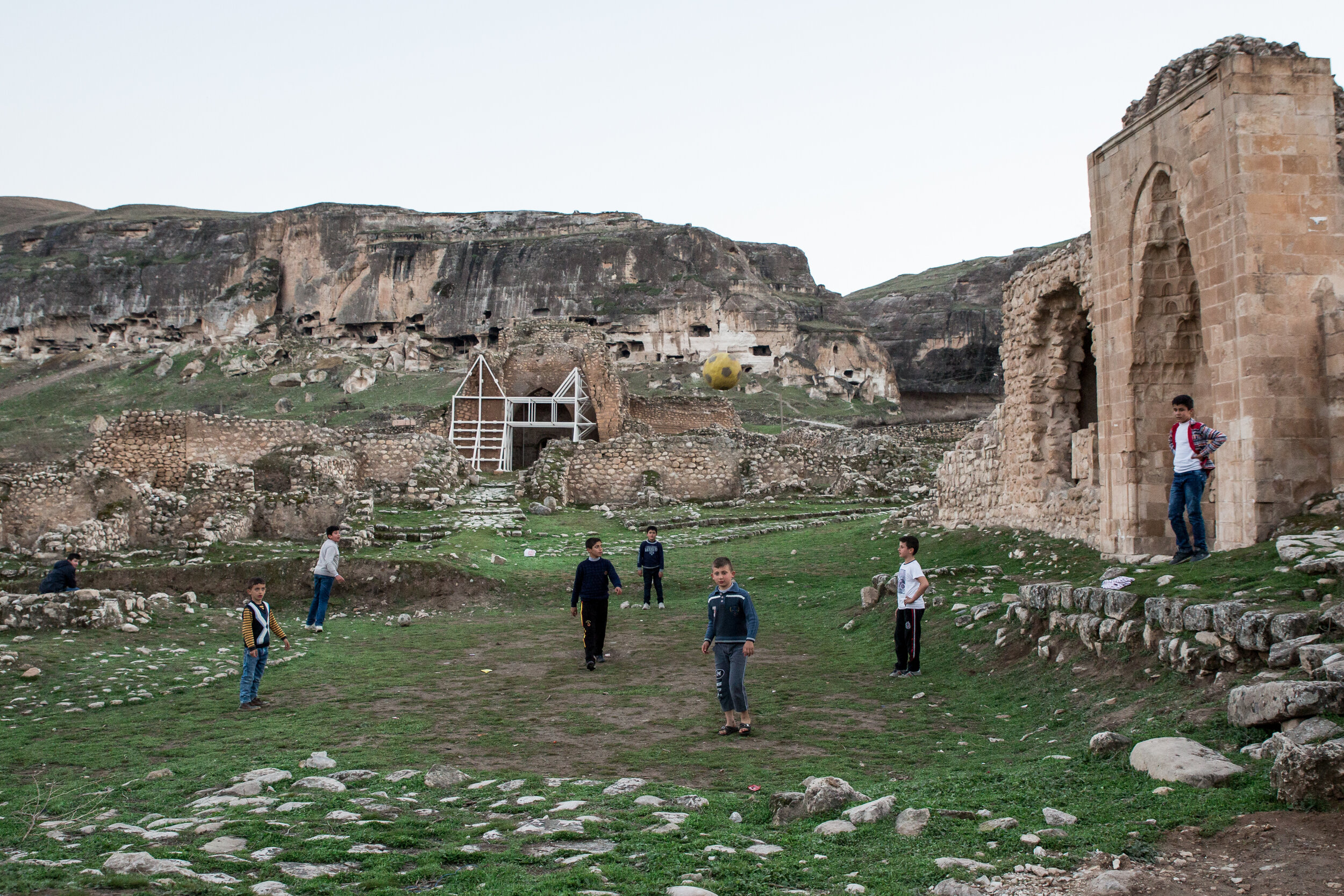
Koç Mosque (rear) and Süleyman Mosque (right) in 2017. Both were built by the Kurdish Ayyubid Dynasty in the mid-14th century as the region rebounded from the Mongol invasion and occupation of Anatolia. During relocation of major monuments in the new city, royal graves were excavated from the Süleyman Mosque mausoleum and its minaret and ancillary sections of wall containing a fountain were cut and moved. However, the majority of Süleyman Mosque as well as the entirety of the Koç Mosque were buried under earth and capped with concrete before being inundated in 2020.
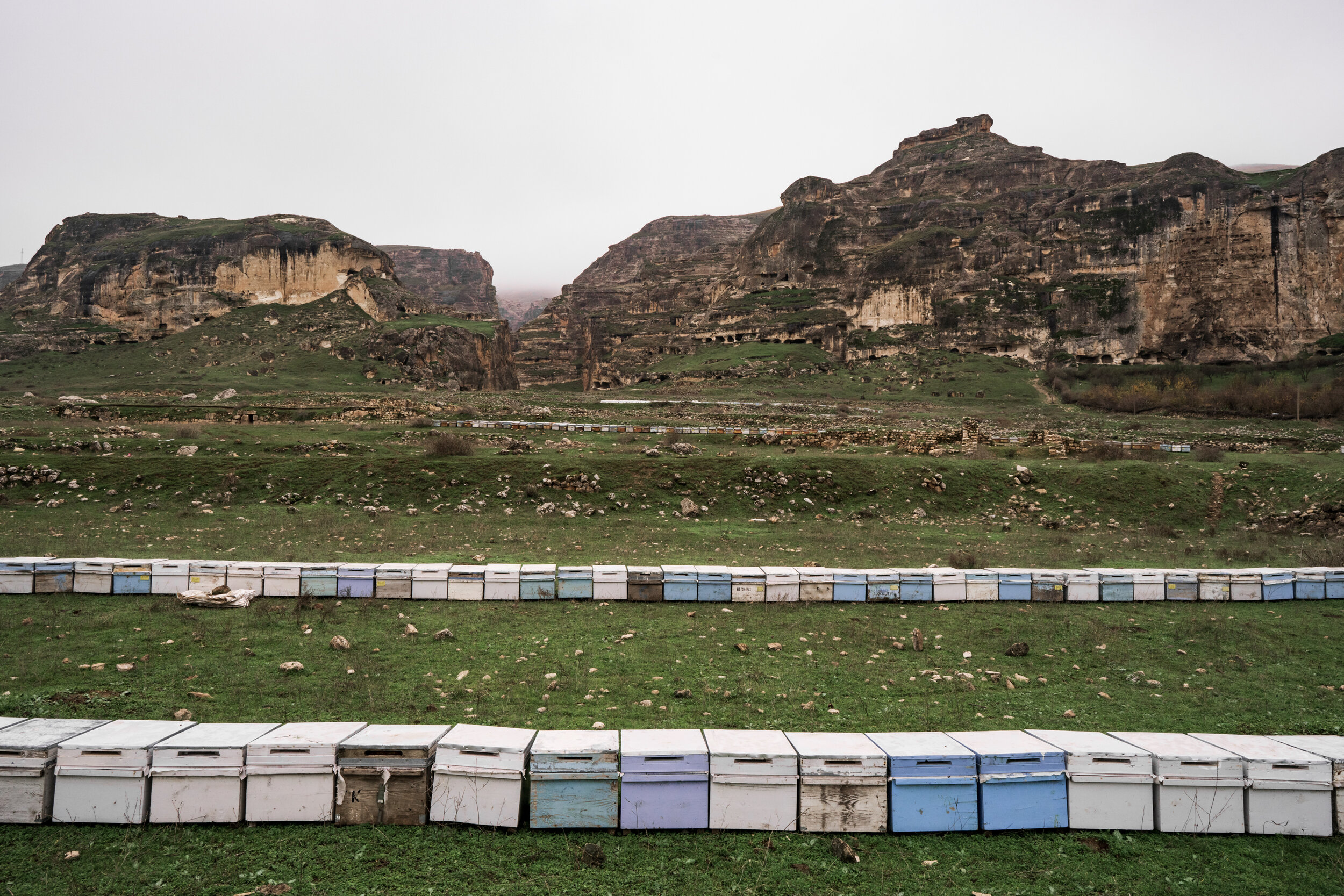
The Sâlihiyye Garden district rose to prominence when it became the capitol of the Sokmen branch of Artukids in the 12th century. In addition to remaining an important area for farming, it contains the ruins of royal residences, tombs, and distinctive three-sided structures called eyvan. The honey from these hives were used to make deserts and preserved figs. The gardens are now partly underwater.
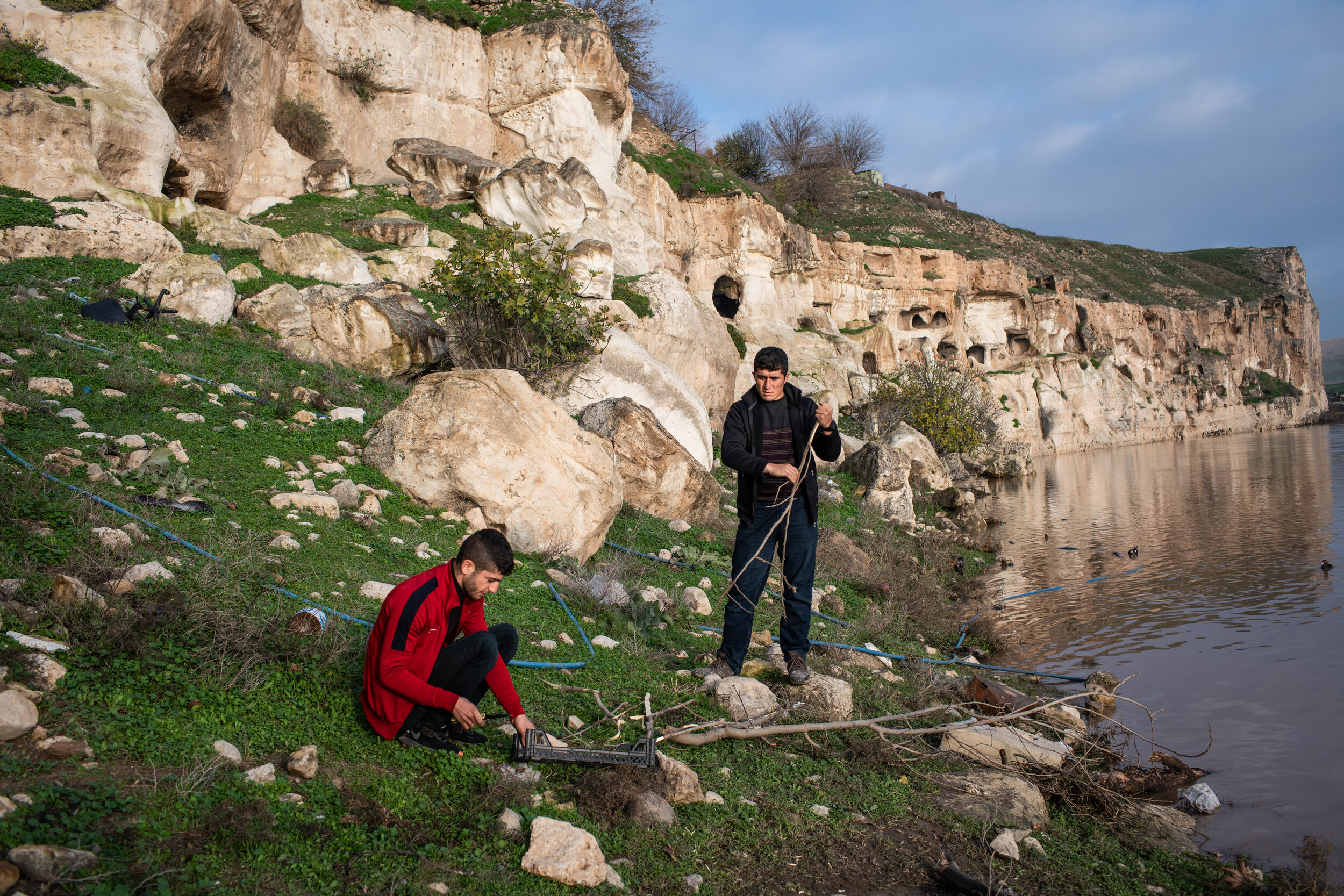
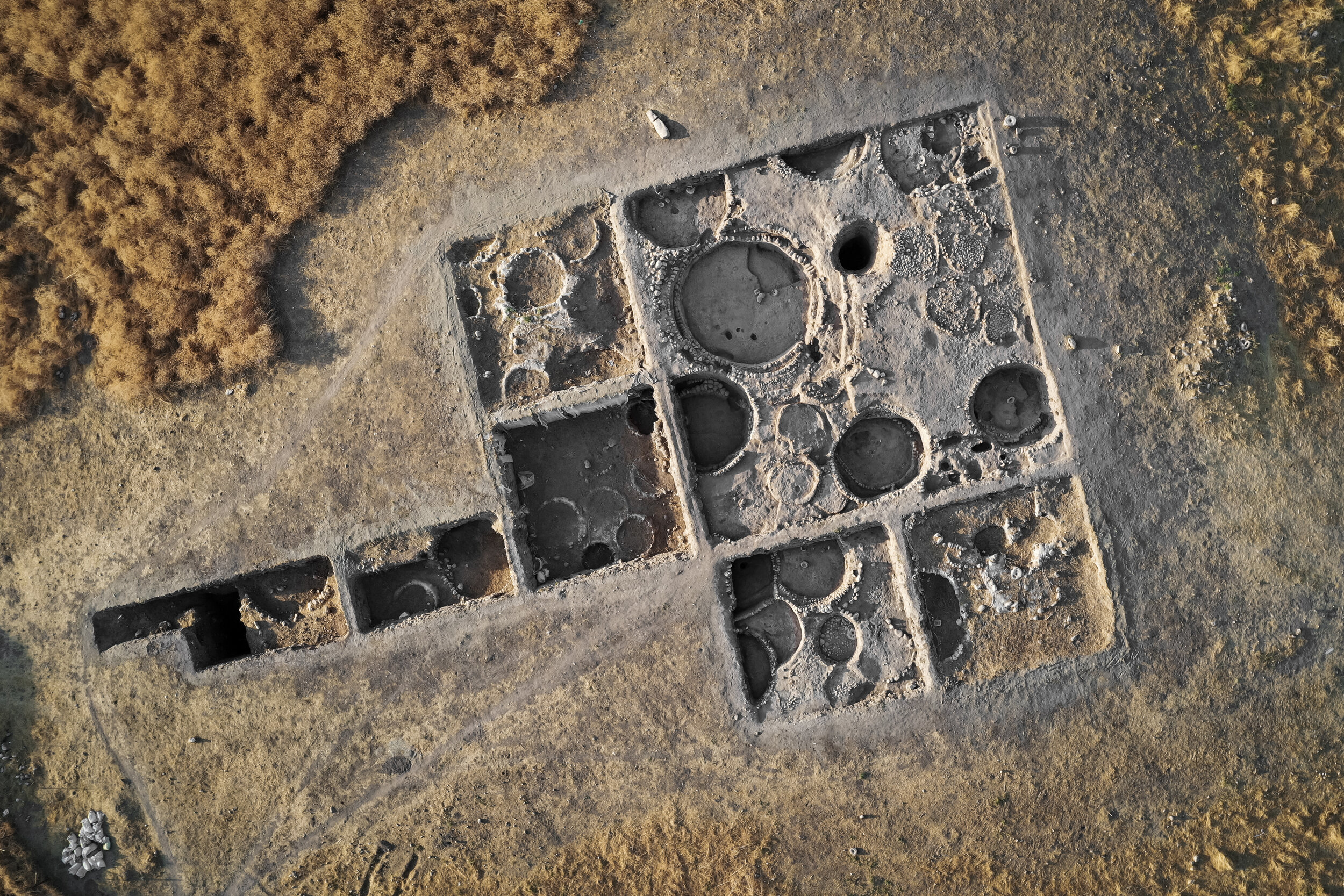
The 11,500-year old mound is one of the world's earliest known Neolithic settlements. Partially excavated by Turkish and Japanese teams, the site’s round living and cooking structures can be seen alongside stone mortar’s for processing grains. These sites are also characterized by burials beneath house floors in the hocker position - a body laid on their side in the fetal position. It was flooded in 2019, with very little of the site excavated. In my opinion, it is Hasankeyf's most important loss. At other points along the Tigris River, similar early Neolithic sites were lost including Gusir Höyük, Körtik Tepe, and Çattepe.

By the 4th century CE, Hasankeyf had become an important Roman outpost on the edge of the Persian Empire. When the Arabs captured it in the 7th century, they named it Hisn Kayfa, rock fortress. The name eventually became Hasankeyf.
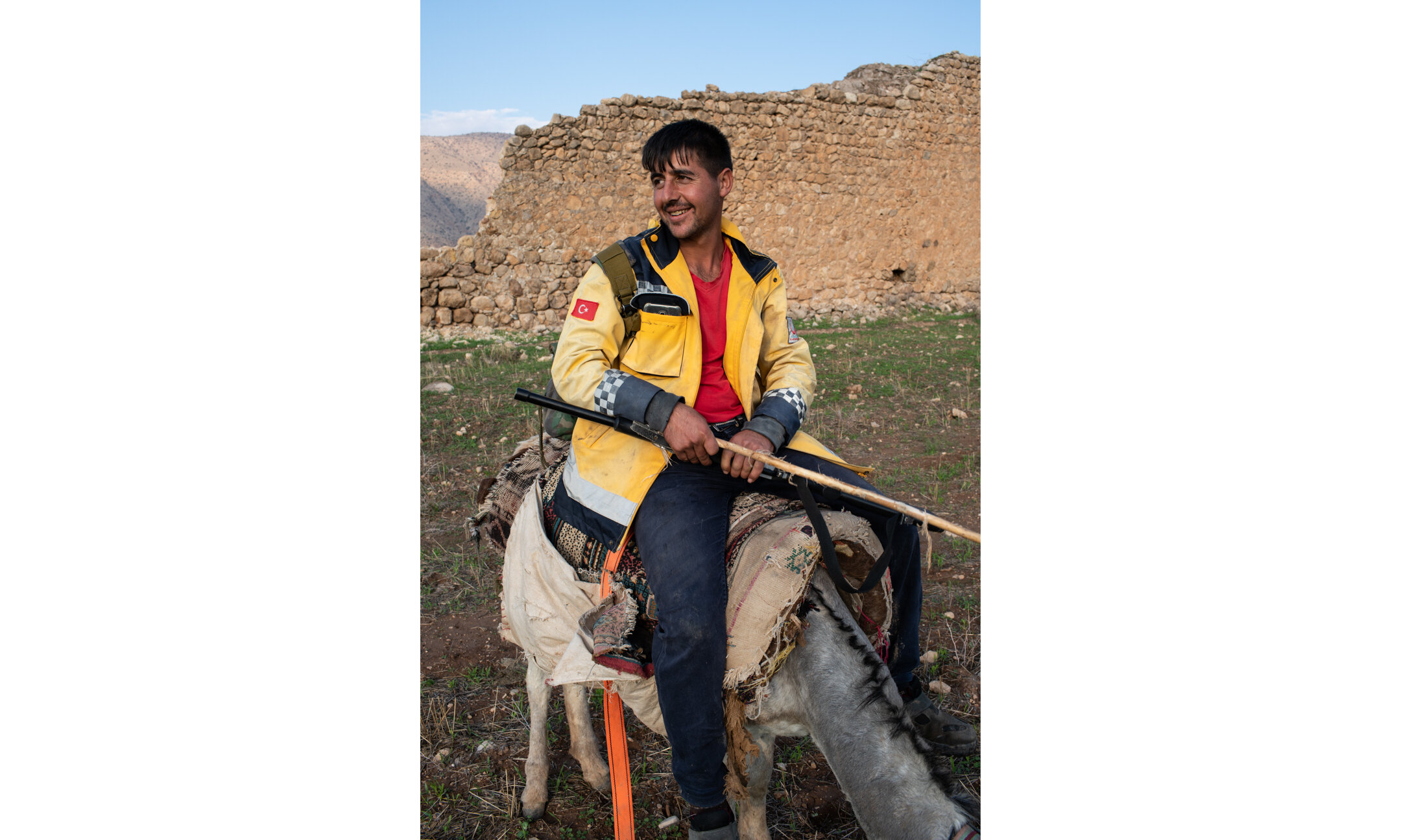
Built in 770 CE, Daryo da-Slibo is located between the former Christian haven at Hasankeyf and the Syriac region of Tur Abdin. The Christian character of Hasankeyf peaked in the 5th century when it became the Nestorian bishop’s see under the Byzantine Empire. After the city fell to the Arabs in 738, Christians were recorded as being the majority in Hasankeyf until conflict in 1915 saw the Kurds kill their Christian neighbors or force their conversion to Islam. The shepherds I spoke to in town told of taking shelter in the old monastery during rainstorms.

Like Hasankeyf, her village was inundated when the Ilısu Dam reservoir was filled.
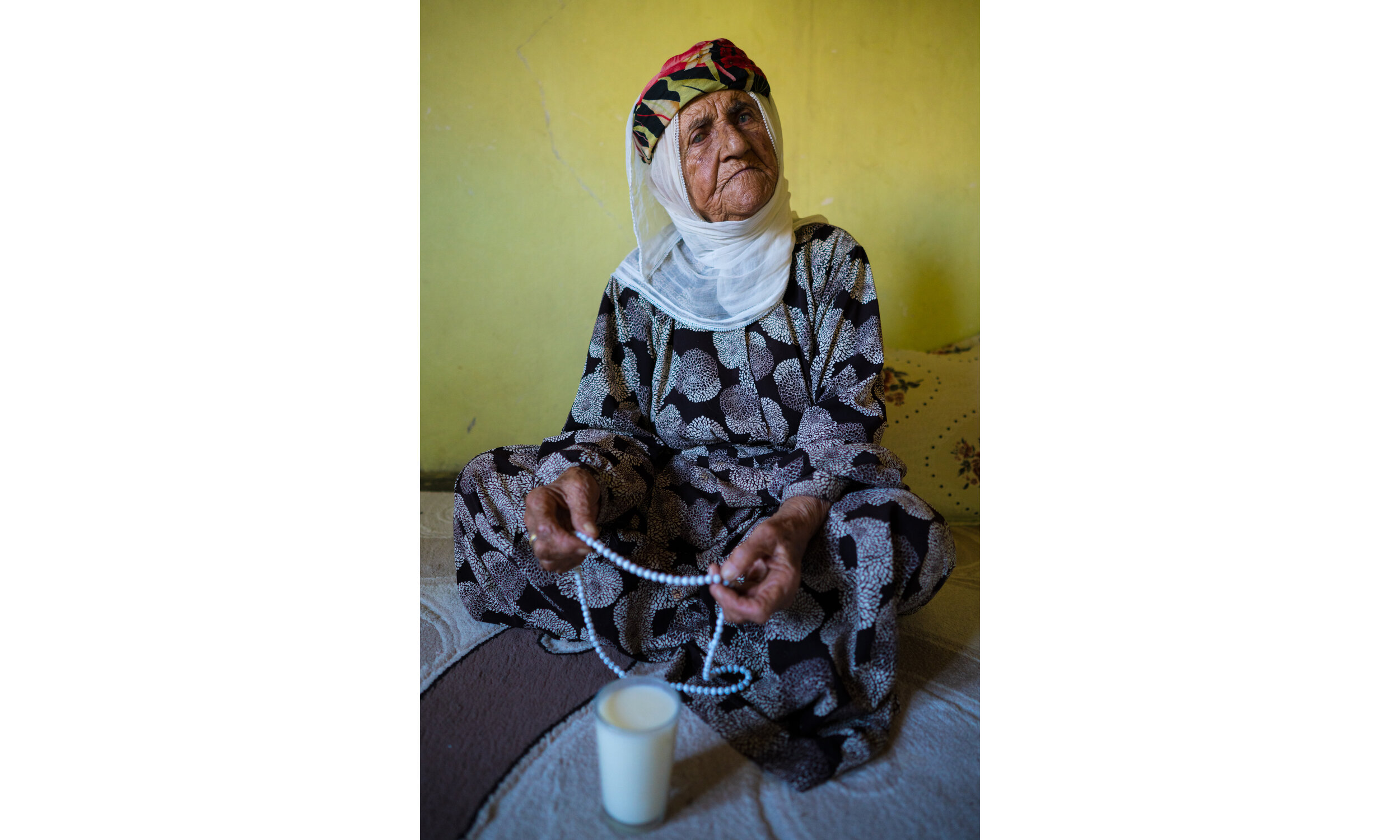
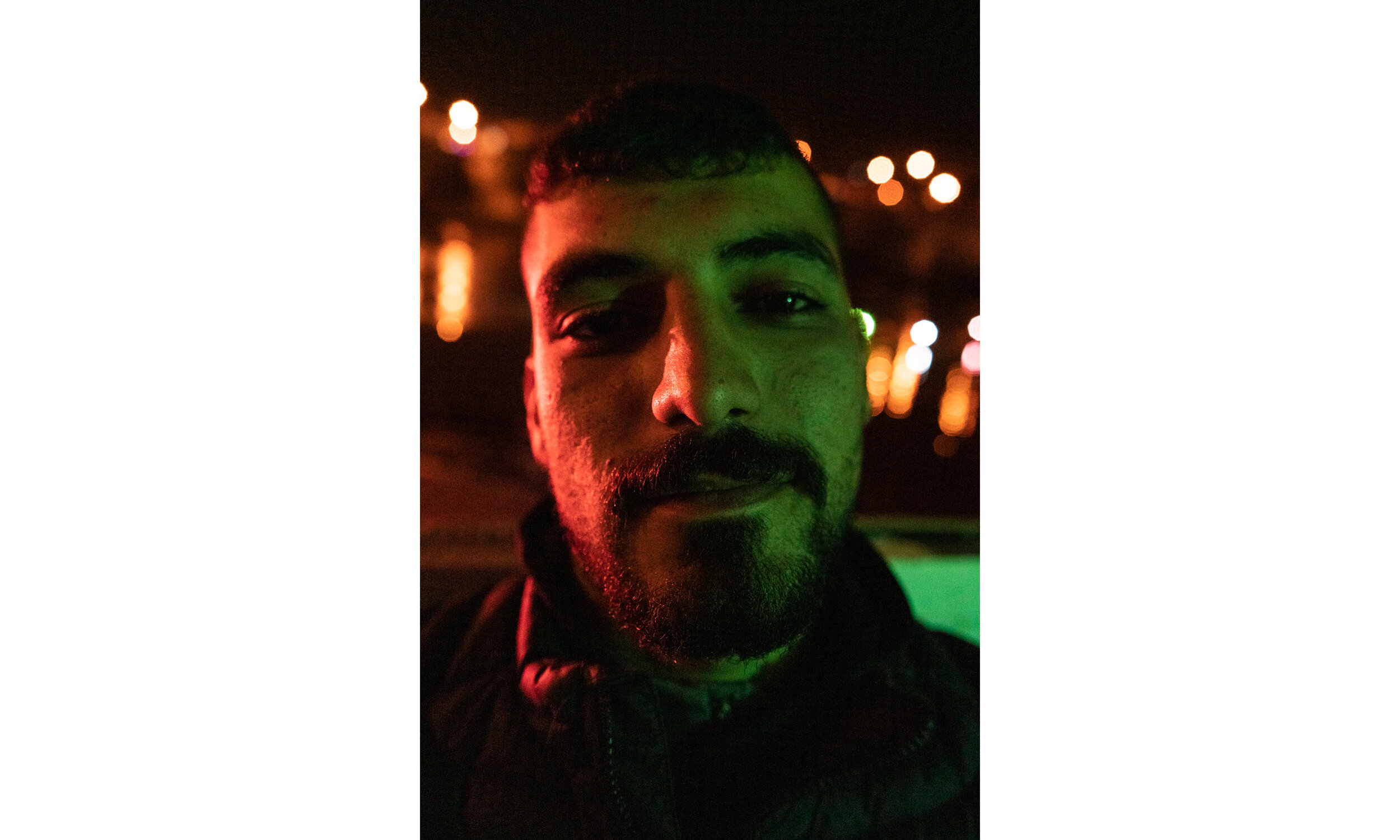
A small group of men gathers in a cafe on the bank of the Tigris in the evenings. The men took out the bulb above the table to obscure the fact that they were drinking homemade raki in a conservative town, so the only illumination came from the string of colored lights that stretched from the awning to the cafe's tables (now under the swollen river). Devran was once a nationally-ranked kickboxer. Before the town was flooded, he worked for Turkish archaeological crews conducting rescue excavations at sites around the city.
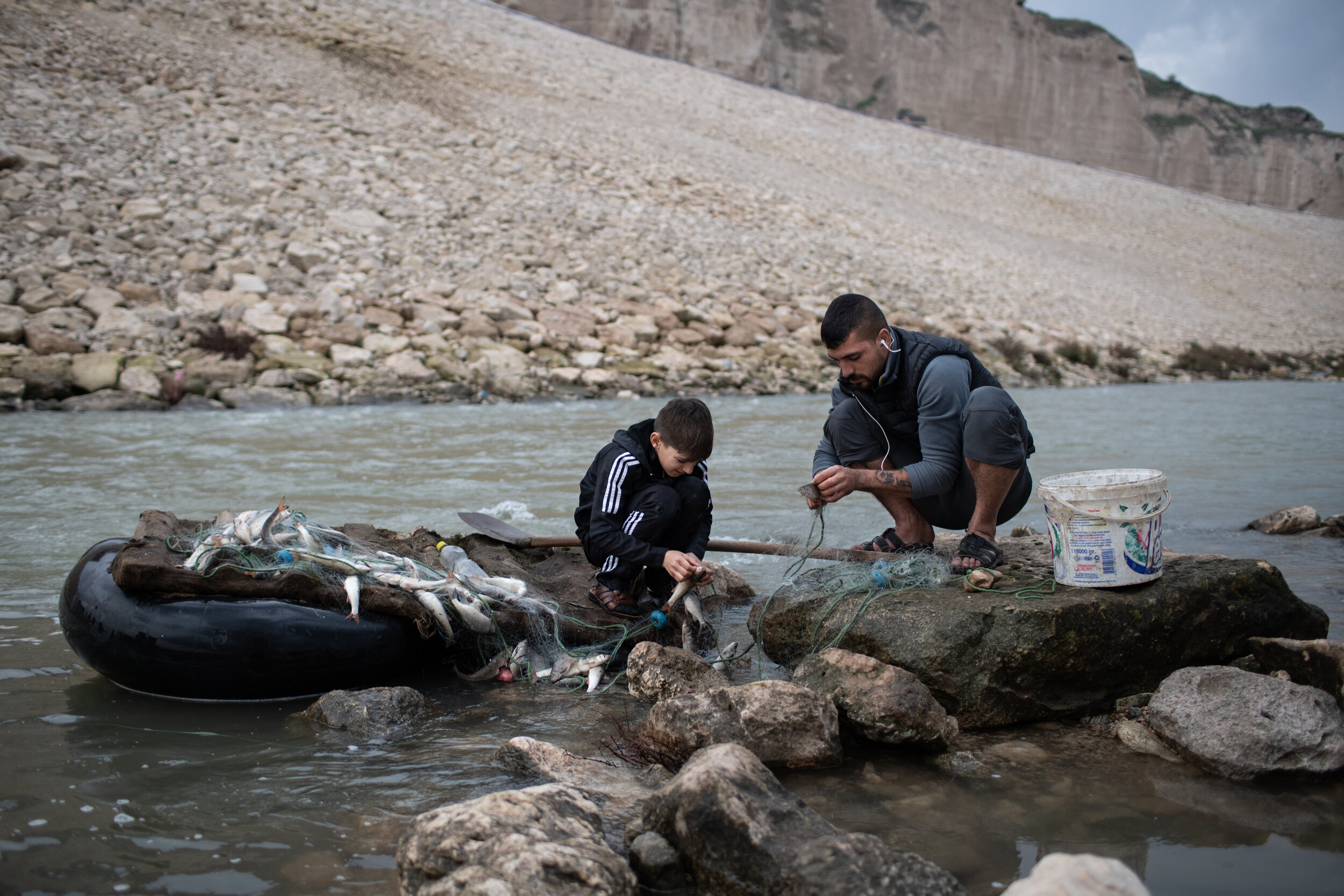
Devran deftly paddled his raft with a shovel, standing steady above the swift water. He stakes the net in the early morning and lets the Tigris’s current to carry fish into nets to be collected in the evening. This ancient technique will be ineffective in the reservoir.


These restaurants serving grilled fish, kebabs, and coffee were a tourist draw and social hub for locals. The bazaar and the restaurants it contained were bulldozed in 2019 to make a path for parts of El-Rizk Mosque to be moved to the new archaeology park. The piles in the river are what remain of a bridge built in 1116 by the Artuqid Sultan Fahrettin Karaaslan. It was once one of the largest bridges in the Medieval Period.

The Ilısu Dam is 443 ft high, more than a mile long, and has the capacity to cover 121 square miles in up to 416 feet of water. It supports a 1,200 megawatt generator and is expected to have a useful lifespan of about 50 years.
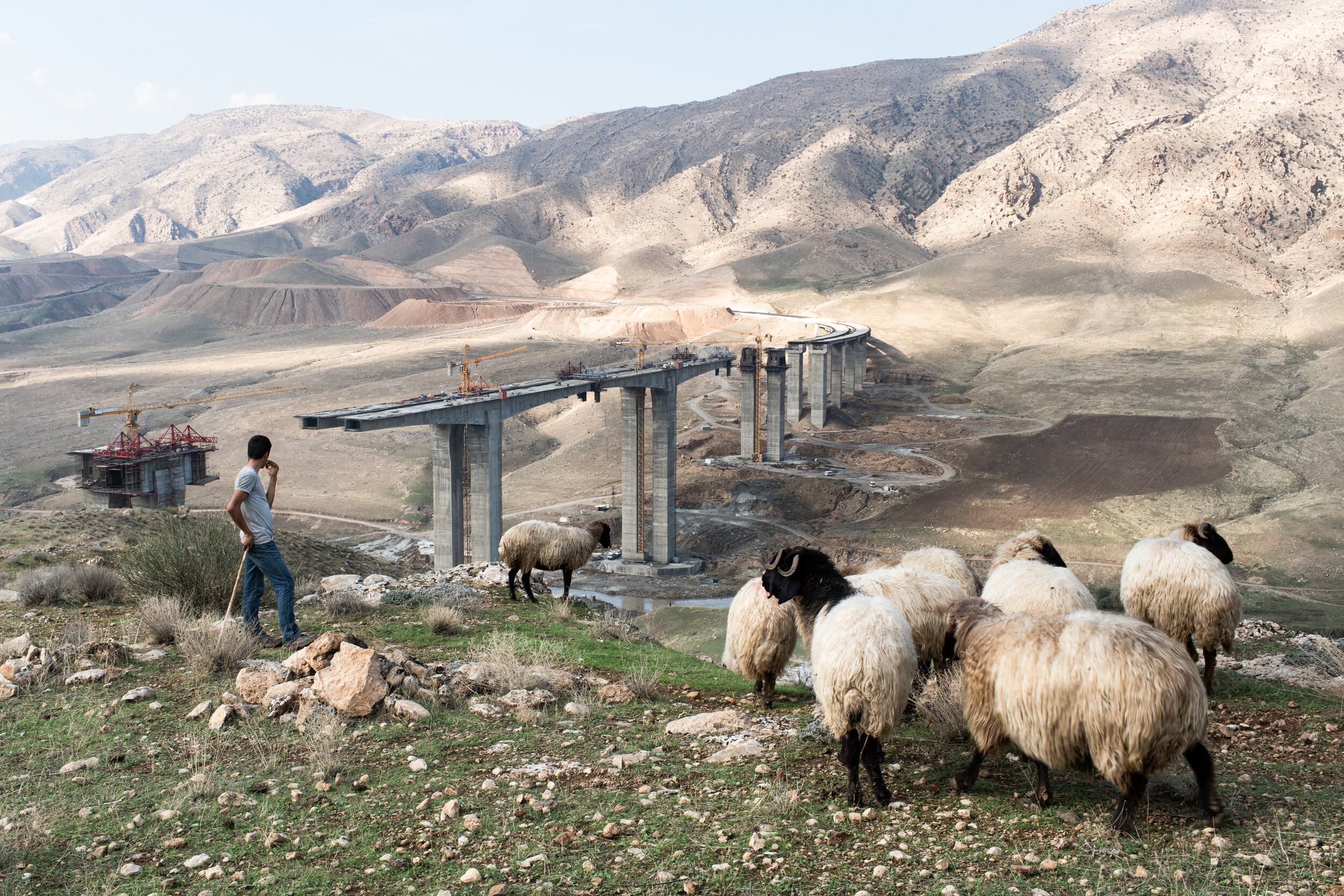
The bridge is being built to pass over the waters of the new Ilisu reservoir. Shepherds traditionally cross the few bridges over the Tigris River during the semi-annual transhumance from summer highland to winter lowlands. Most flocks number in the hundreds and the extended length of the bridge will make their transit more difficult.
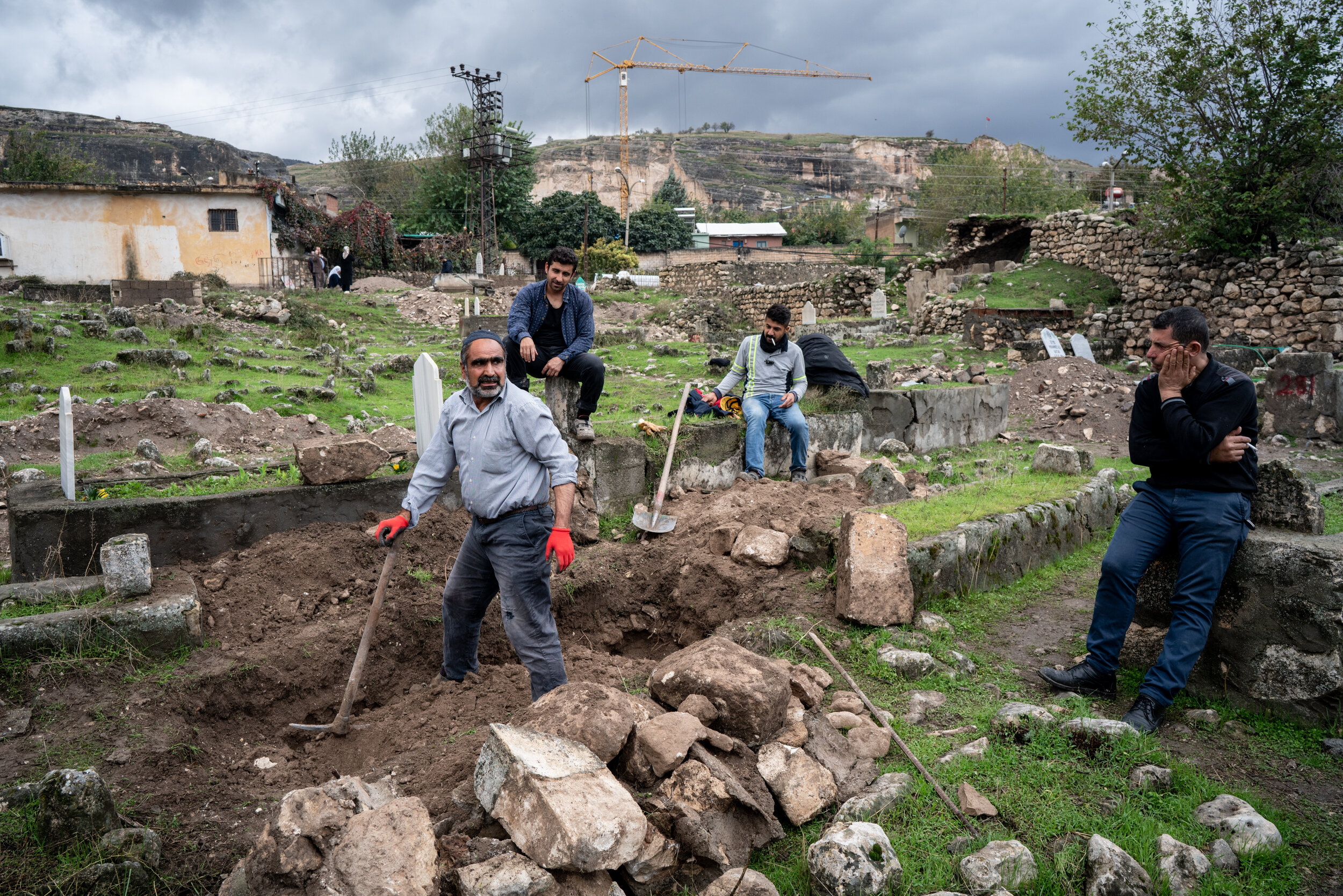
Exhumations were often attended by the next of kin, shown here in the man at right, who was attending the exhumation of his father.
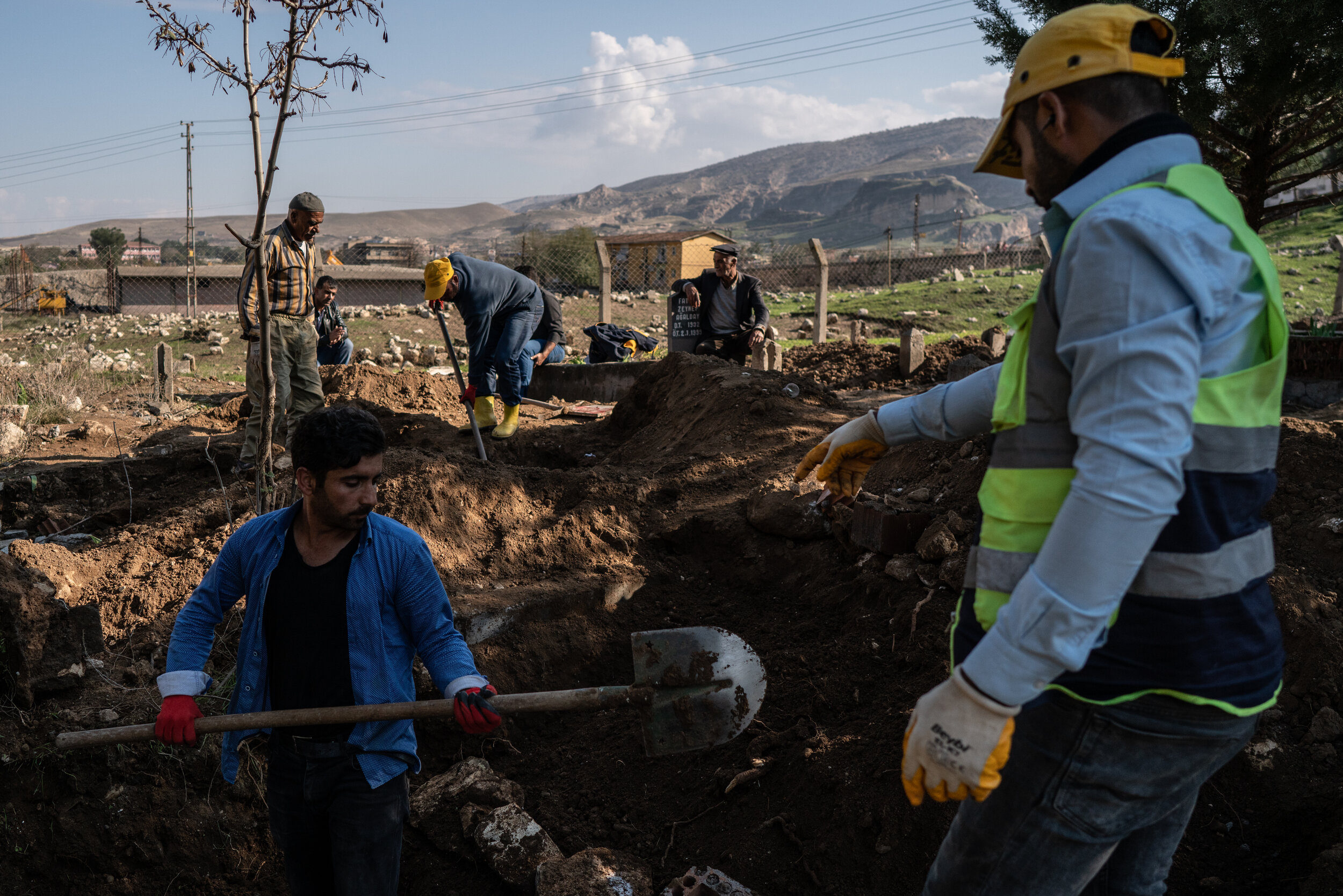
Graves were exhumed from three graveyards. This one, close to the Sâlihiyye Gardens, contained modern and Ottoman-era graves. Another near the town center included distinctive Ayyubid architecture. And one, the most holy, was located in the shadow of the tomb of Imam Abdullah who was the grandson of Cafer-i Tayyer, cousin of the Prophet Mohammad.
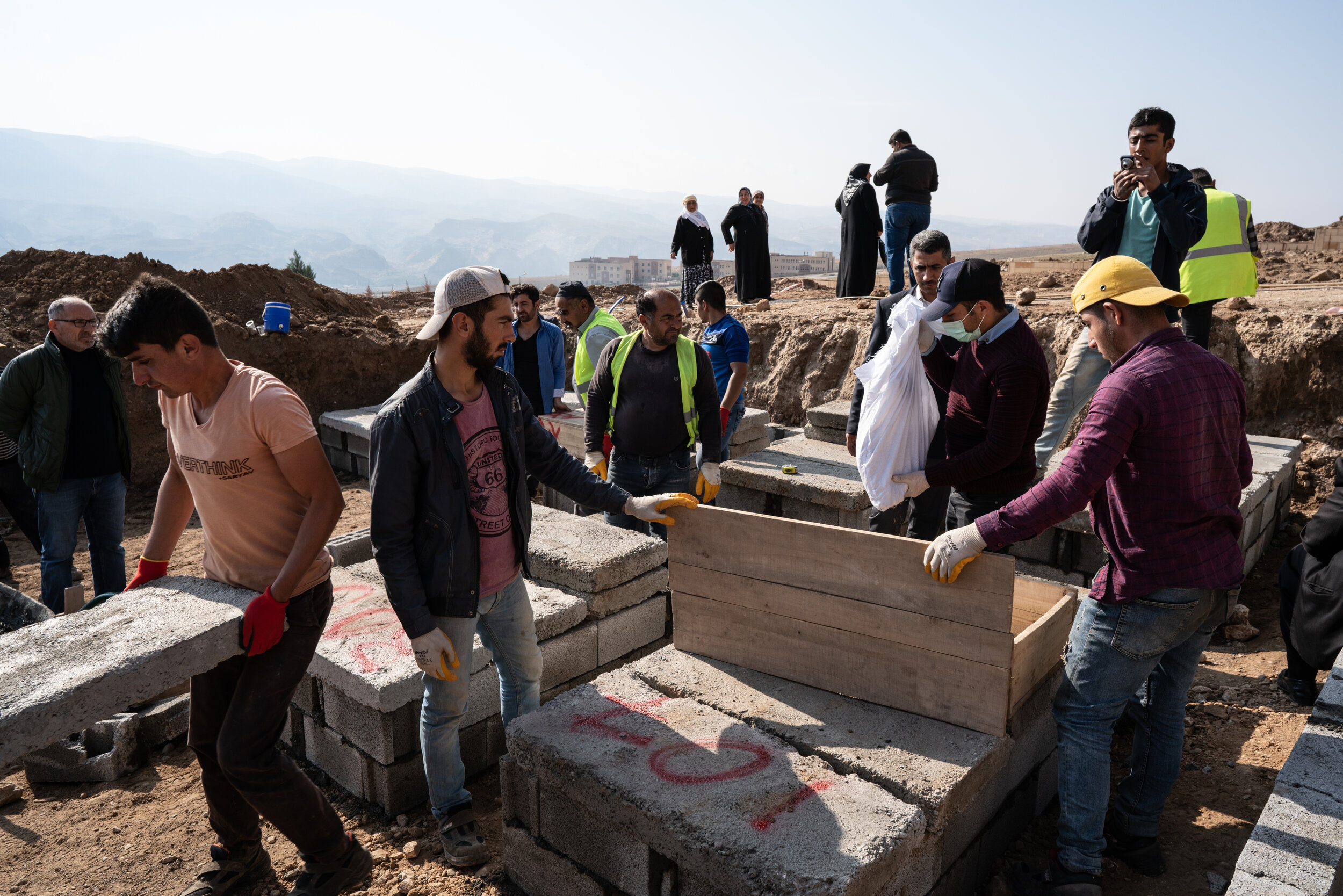
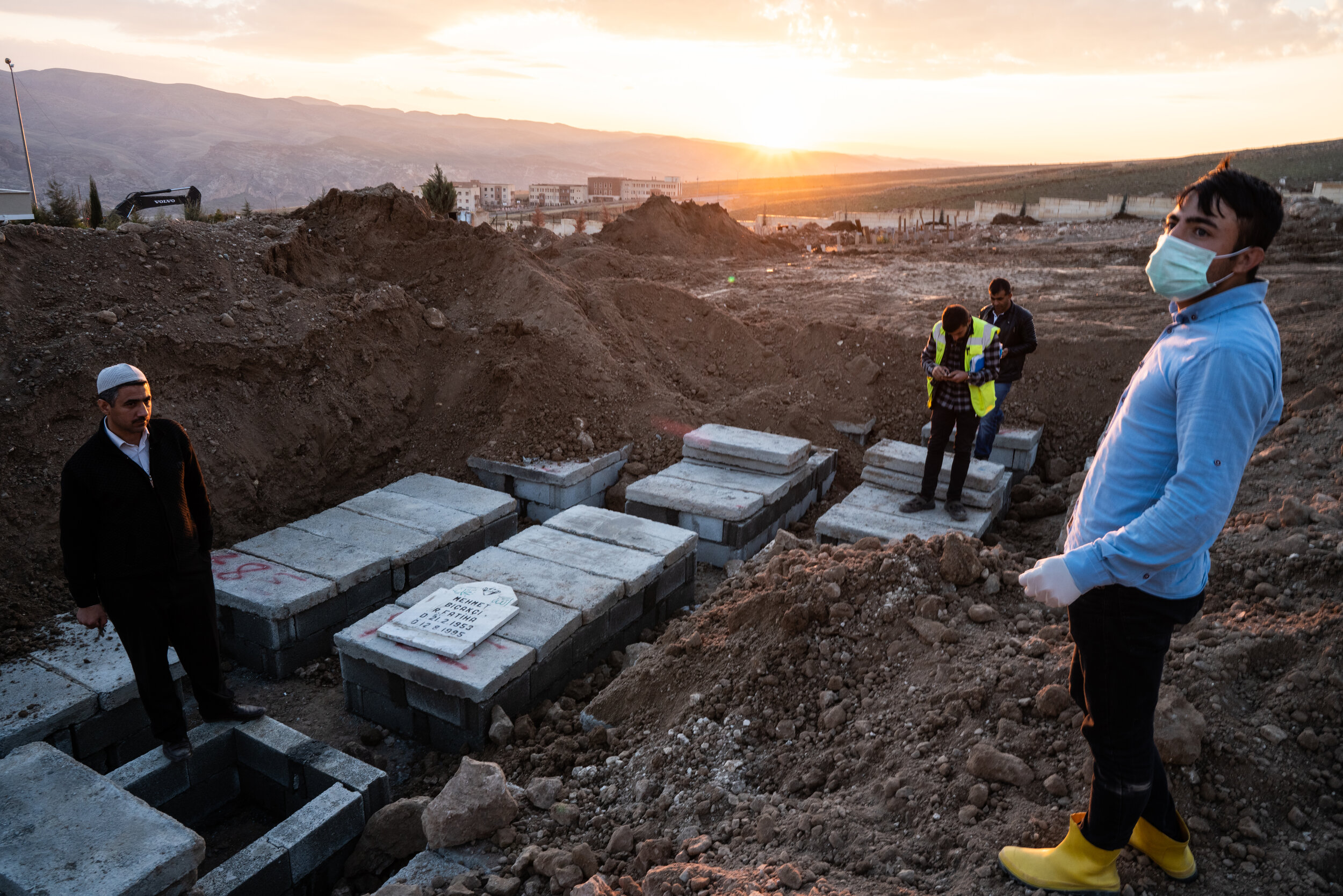
A local imam prayed with the workers and families upon the completion of each reburial.
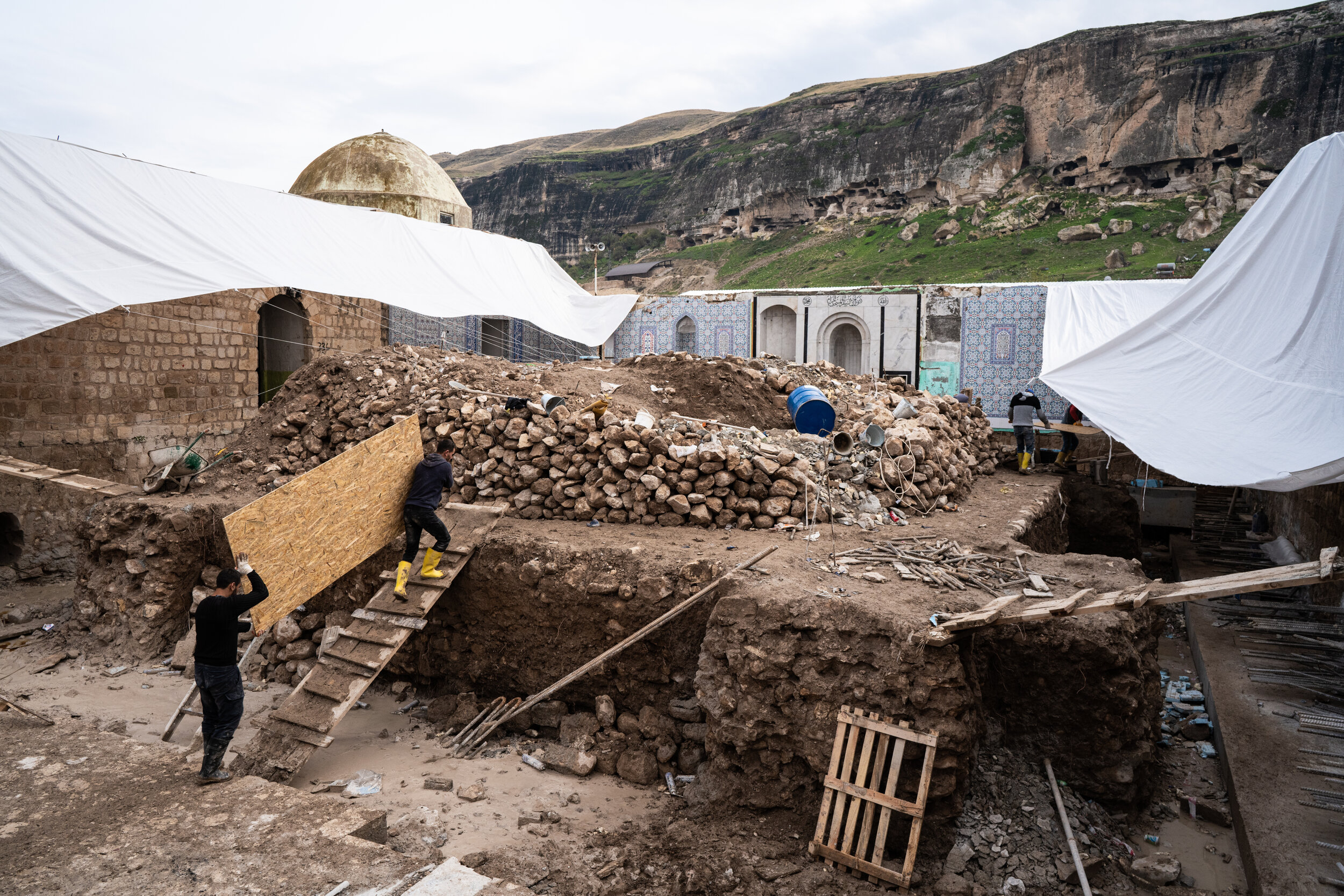
The Kizlar Mosque is also likely an Ayyubid structure, used variably as a mausoleum in the past and more recently as a prayer hall. The domes and each of the four corners are constructed in a regional style - set with ceramic cups to enhance the acoustic resonance.
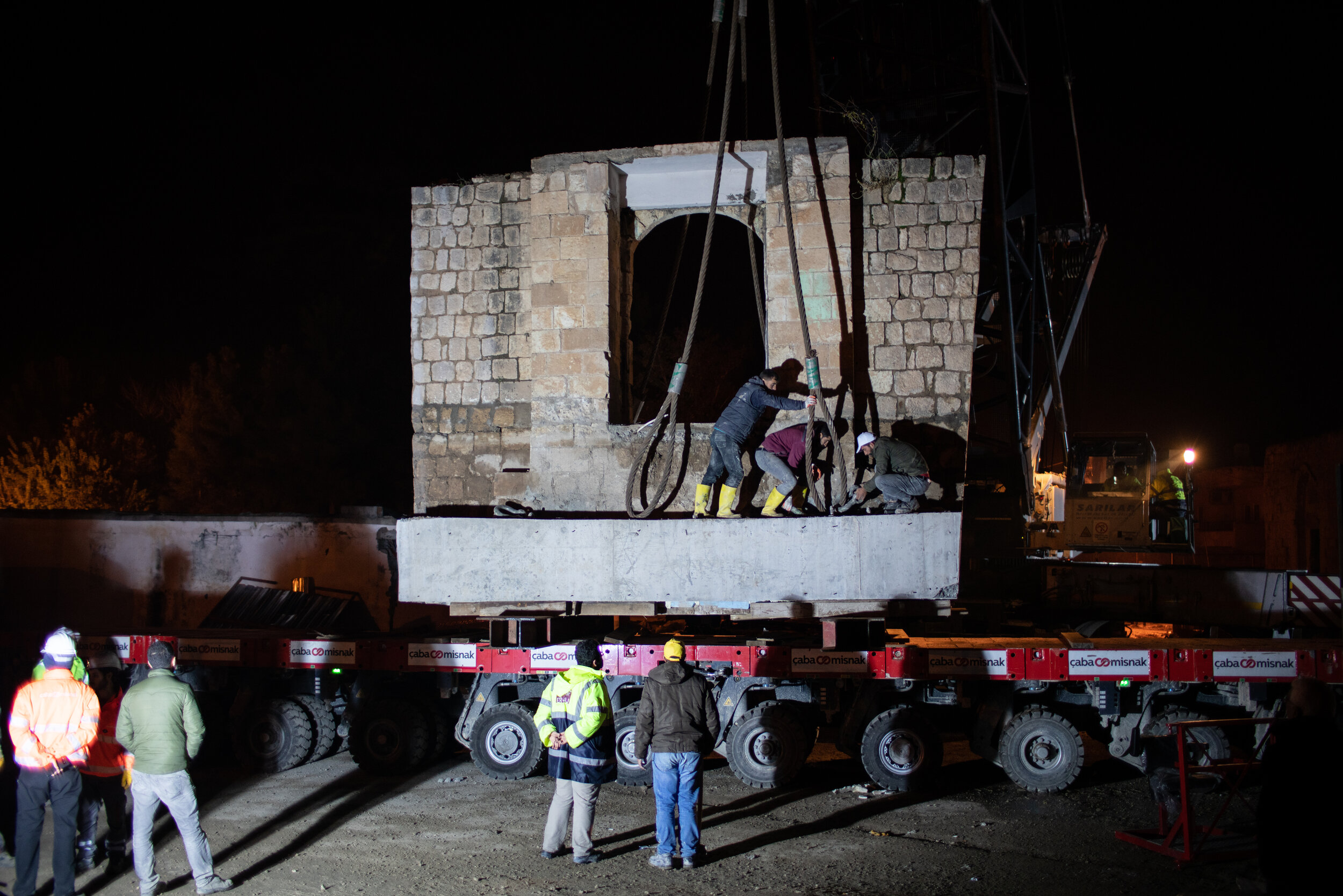

In 2018, it was bladed and filled with gravel and quarry spalls to prevent water infiltration and erosion in the cliffs above. The rocks were blasted from the hills above New Hasankeyf.
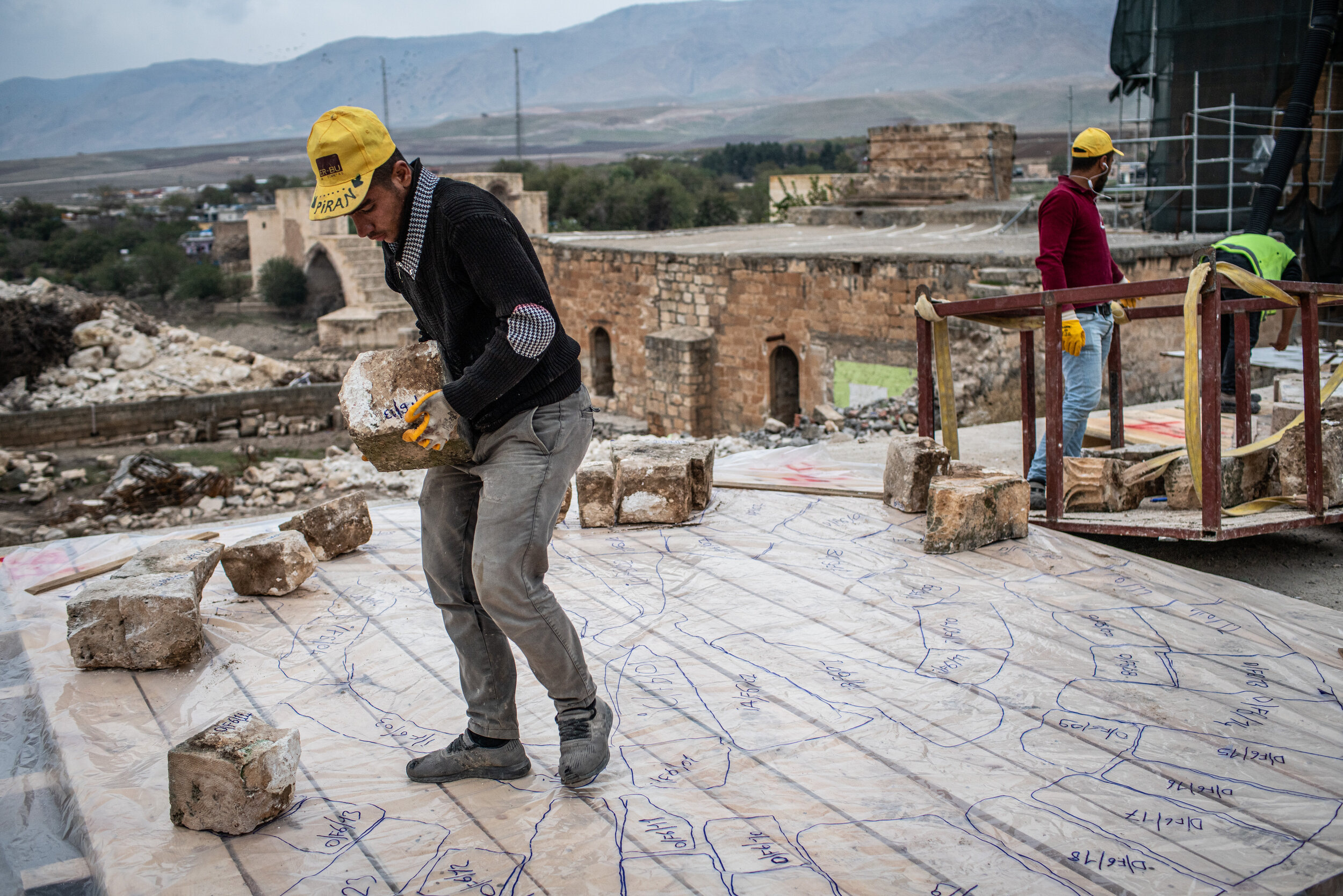
The mosque had been constructed on the banks of the Tigris River in 1409 by the Ayyubid Sultan Süleyman. It was one of the iconic sights as travelers approached the city. For years, the top of the minaret had been occupied by a large stork. The crews marked and arranged stones of the minaret to be reconstructed in the new city.

In a complex operation, the 1,000-ton monument was raised and deposited 2 kilometers uphill toward New Hasankeyf. Zeynel Bey, son of Uzun Hassan of the Ak Koyunlu Dynasty, died in battle in 1473 and was buried in this circular brick mausoleum glazed with navy blue and turquoise tiles. Designed by Pir Hasan, the tomb is the only example of Timurid architecture in Anatolia.
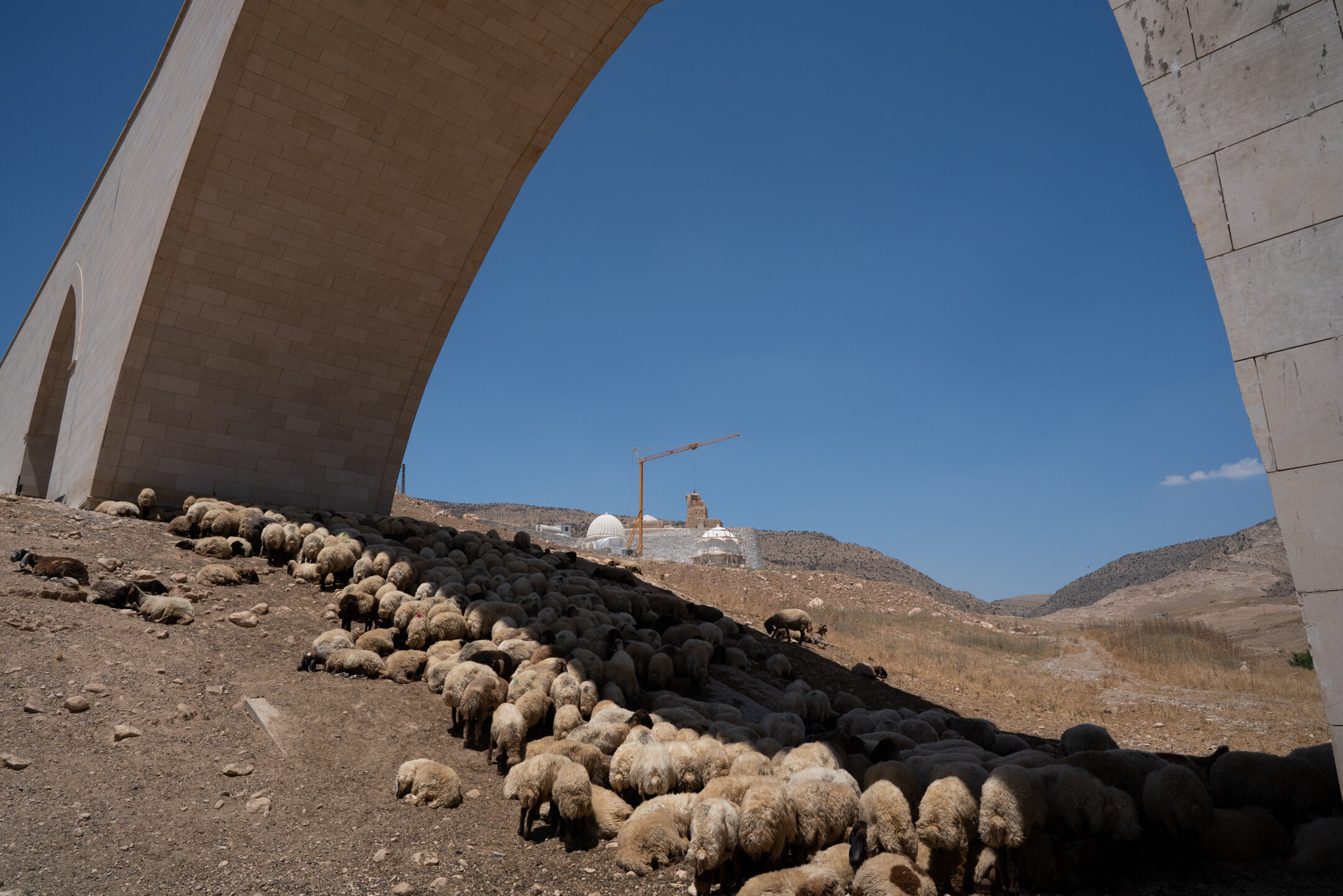
The bridge spans between halves of the new archaeological park. Sheep would normally rest beneath trees, or in caves or rock outcrops.
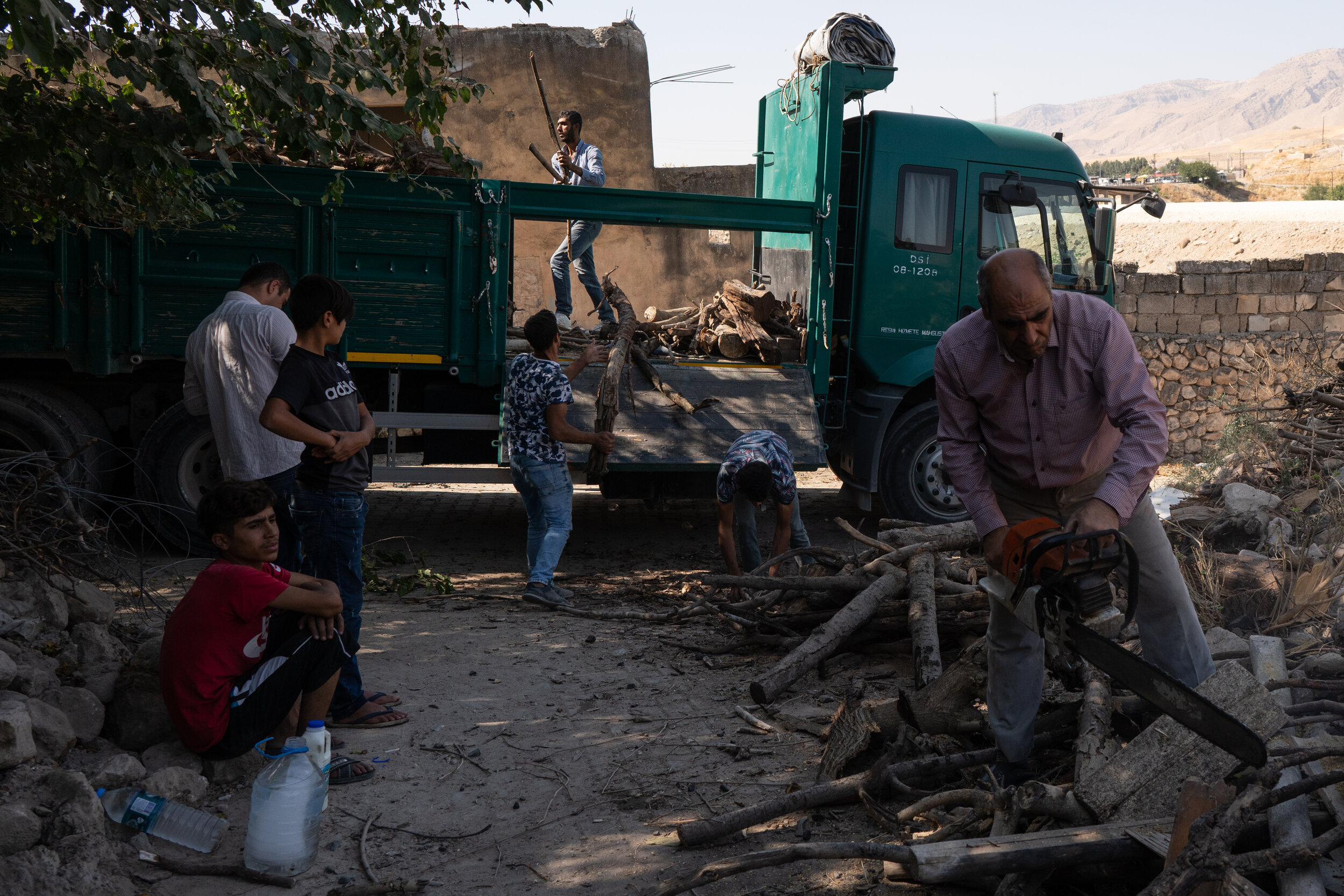
Nearly every home in Hasankeyf had decades-old trees that provided pomegranates and figs. The new city currently has no such trees and likely has upland soils without rich river nutrients that have helped Hasankeyf’s gardens achieve their historic bounty.

About 3,500 residents were forced to move from their homes. Residents were reimbursed for the old homes at about half the rate per square foot of the cost of the homes in New Hasankeyf, meaning that almost all are now burdened by many thousands of lira of debt. Additionally, residents who were unmarried or working outside Hasankeyf at the 2017 deadline did not qualify for housing in the new city.
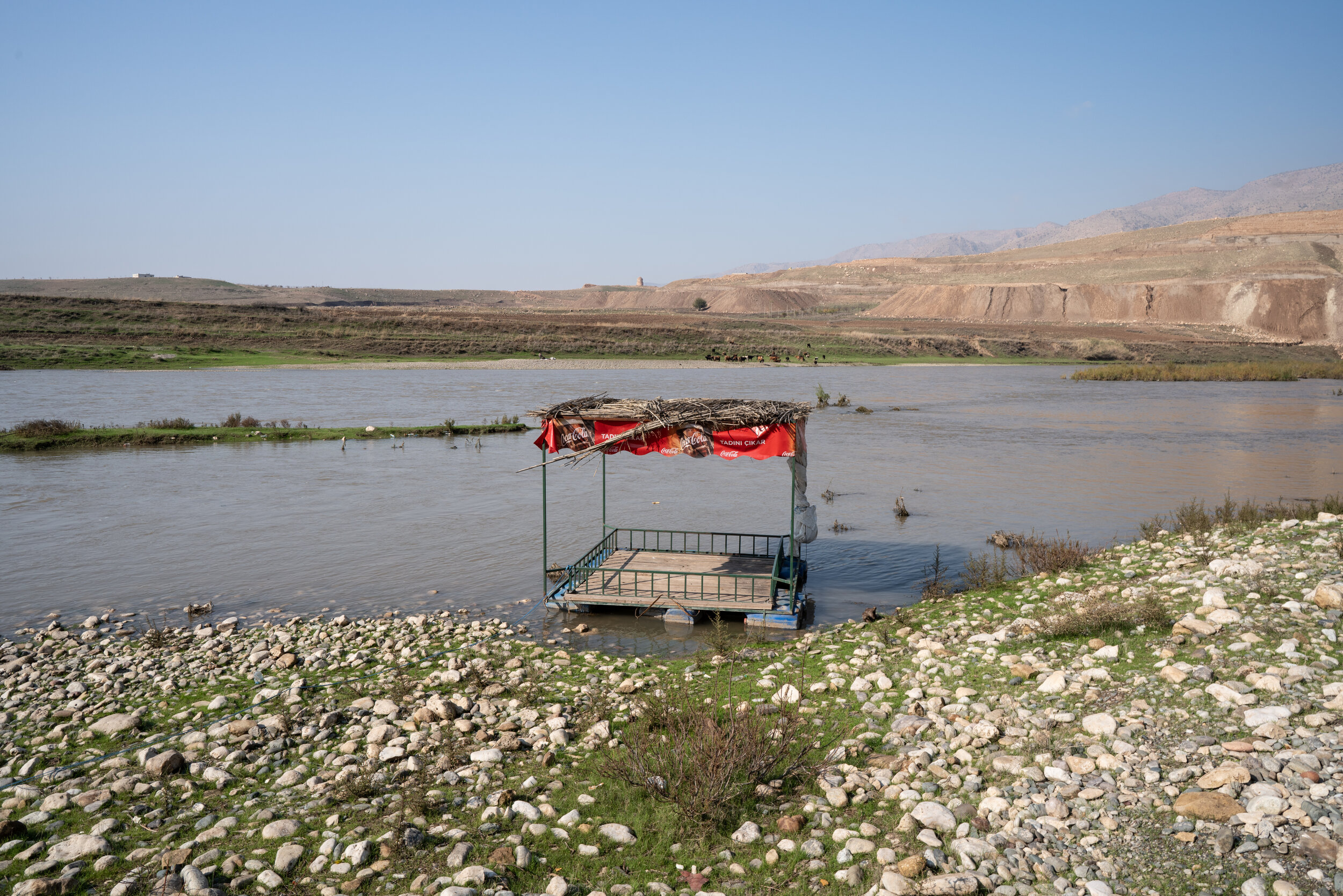
It had assumedly been washed downriver as the water began to rise.




























One of several classic views of old Hasankeyf and the first glimpse of the city as a traveler approaches on the road from Batman.
Koç Mosque (rear) and Süleyman Mosque (right) in 2017. Both were built by the Kurdish Ayyubid Dynasty in the mid-14th century as the region rebounded from the Mongol invasion and occupation of Anatolia. During relocation of major monuments in the new city, royal graves were excavated from the Süleyman Mosque mausoleum and its minaret and ancillary sections of wall containing a fountain were cut and moved. However, the majority of Süleyman Mosque as well as the entirety of the Koç Mosque were buried under earth and capped with concrete before being inundated in 2020.
The Sâlihiyye Garden district rose to prominence when it became the capitol of the Sokmen branch of Artukids in the 12th century. In addition to remaining an important area for farming, it contains the ruins of royal residences, tombs, and distinctive three-sided structures called eyvan. The honey from these hives were used to make deserts and preserved figs. The gardens are now partly underwater.
The 11,500-year old mound is one of the world's earliest known Neolithic settlements. Partially excavated by Turkish and Japanese teams, the site’s round living and cooking structures can be seen alongside stone mortar’s for processing grains. These sites are also characterized by burials beneath house floors in the hocker position - a body laid on their side in the fetal position. It was flooded in 2019, with very little of the site excavated. In my opinion, it is Hasankeyf's most important loss. At other points along the Tigris River, similar early Neolithic sites were lost including Gusir Höyük, Körtik Tepe, and Çattepe.
By the 4th century CE, Hasankeyf had become an important Roman outpost on the edge of the Persian Empire. When the Arabs captured it in the 7th century, they named it Hisn Kayfa, rock fortress. The name eventually became Hasankeyf.
Built in 770 CE, Daryo da-Slibo is located between the former Christian haven at Hasankeyf and the Syriac region of Tur Abdin. The Christian character of Hasankeyf peaked in the 5th century when it became the Nestorian bishop’s see under the Byzantine Empire. After the city fell to the Arabs in 738, Christians were recorded as being the majority in Hasankeyf until conflict in 1915 saw the Kurds kill their Christian neighbors or force their conversion to Islam. The shepherds I spoke to in town told of taking shelter in the old monastery during rainstorms.
Like Hasankeyf, her village was inundated when the Ilısu Dam reservoir was filled.
A small group of men gathers in a cafe on the bank of the Tigris in the evenings. The men took out the bulb above the table to obscure the fact that they were drinking homemade raki in a conservative town, so the only illumination came from the string of colored lights that stretched from the awning to the cafe's tables (now under the swollen river). Devran was once a nationally-ranked kickboxer. Before the town was flooded, he worked for Turkish archaeological crews conducting rescue excavations at sites around the city.
Devran deftly paddled his raft with a shovel, standing steady above the swift water. He stakes the net in the early morning and lets the Tigris’s current to carry fish into nets to be collected in the evening. This ancient technique will be ineffective in the reservoir.
These restaurants serving grilled fish, kebabs, and coffee were a tourist draw and social hub for locals. The bazaar and the restaurants it contained were bulldozed in 2019 to make a path for parts of El-Rizk Mosque to be moved to the new archaeology park. The piles in the river are what remain of a bridge built in 1116 by the Artuqid Sultan Fahrettin Karaaslan. It was once one of the largest bridges in the Medieval Period.
The Ilısu Dam is 443 ft high, more than a mile long, and has the capacity to cover 121 square miles in up to 416 feet of water. It supports a 1,200 megawatt generator and is expected to have a useful lifespan of about 50 years.
The bridge is being built to pass over the waters of the new Ilisu reservoir. Shepherds traditionally cross the few bridges over the Tigris River during the semi-annual transhumance from summer highland to winter lowlands. Most flocks number in the hundreds and the extended length of the bridge will make their transit more difficult.
Exhumations were often attended by the next of kin, shown here in the man at right, who was attending the exhumation of his father.
Graves were exhumed from three graveyards. This one, close to the Sâlihiyye Gardens, contained modern and Ottoman-era graves. Another near the town center included distinctive Ayyubid architecture. And one, the most holy, was located in the shadow of the tomb of Imam Abdullah who was the grandson of Cafer-i Tayyer, cousin of the Prophet Mohammad.
A local imam prayed with the workers and families upon the completion of each reburial.
The Kizlar Mosque is also likely an Ayyubid structure, used variably as a mausoleum in the past and more recently as a prayer hall. The domes and each of the four corners are constructed in a regional style - set with ceramic cups to enhance the acoustic resonance.
In 2018, it was bladed and filled with gravel and quarry spalls to prevent water infiltration and erosion in the cliffs above. The rocks were blasted from the hills above New Hasankeyf.
The mosque had been constructed on the banks of the Tigris River in 1409 by the Ayyubid Sultan Süleyman. It was one of the iconic sights as travelers approached the city. For years, the top of the minaret had been occupied by a large stork. The crews marked and arranged stones of the minaret to be reconstructed in the new city.
In a complex operation, the 1,000-ton monument was raised and deposited 2 kilometers uphill toward New Hasankeyf. Zeynel Bey, son of Uzun Hassan of the Ak Koyunlu Dynasty, died in battle in 1473 and was buried in this circular brick mausoleum glazed with navy blue and turquoise tiles. Designed by Pir Hasan, the tomb is the only example of Timurid architecture in Anatolia.
The bridge spans between halves of the new archaeological park. Sheep would normally rest beneath trees, or in caves or rock outcrops.
Nearly every home in Hasankeyf had decades-old trees that provided pomegranates and figs. The new city currently has no such trees and likely has upland soils without rich river nutrients that have helped Hasankeyf’s gardens achieve their historic bounty.
About 3,500 residents were forced to move from their homes. Residents were reimbursed for the old homes at about half the rate per square foot of the cost of the homes in New Hasankeyf, meaning that almost all are now burdened by many thousands of lira of debt. Additionally, residents who were unmarried or working outside Hasankeyf at the 2017 deadline did not qualify for housing in the new city.
It had assumedly been washed downriver as the water began to rise.